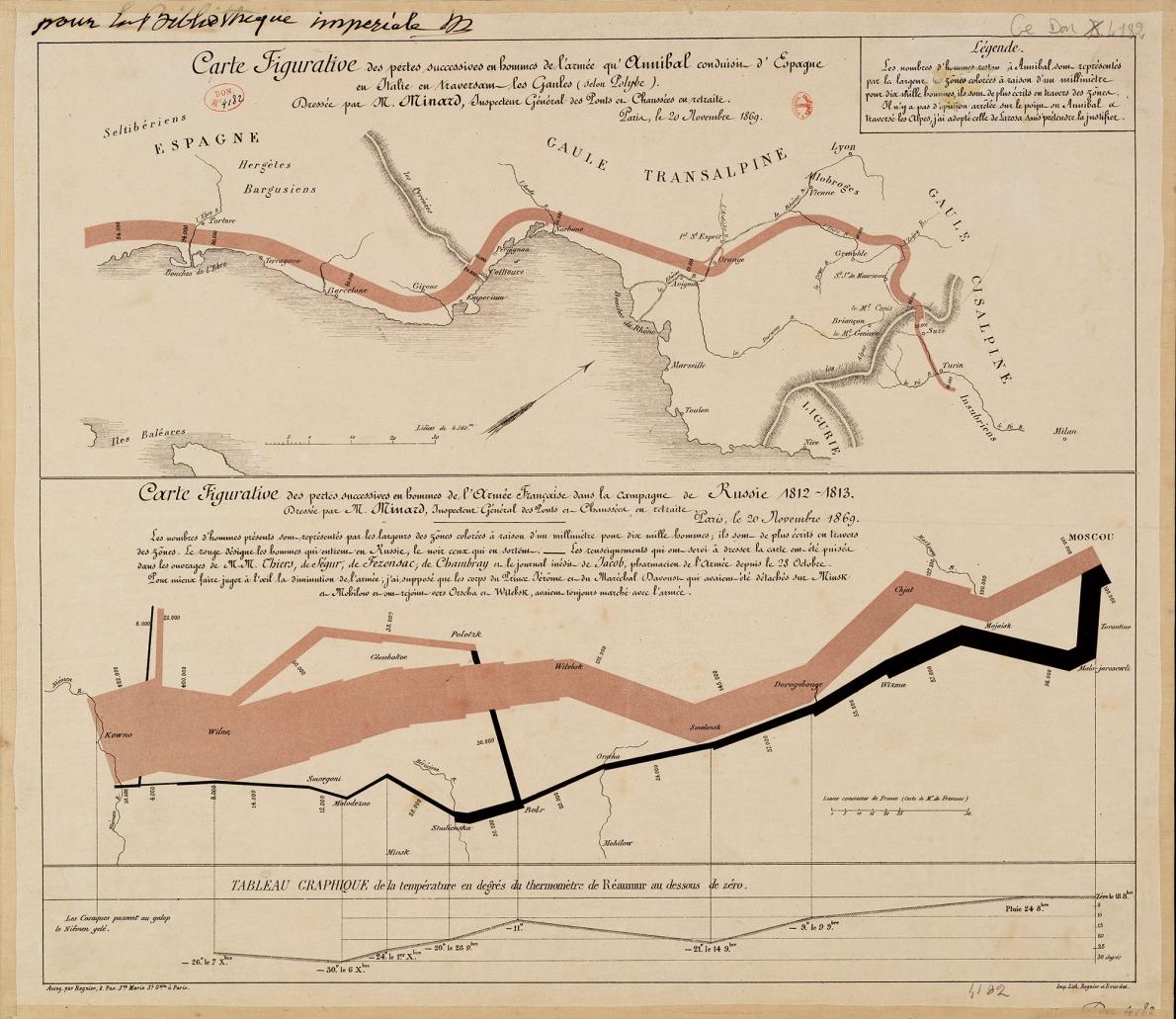
Well, it's time for me to close out my week hosting @iamscicomm. Thanks for all of your questions and comments! I had so much fun chatting with folks from different fields and walks of life!
I'll leave you with my 5 general guidelines for creating more effective dataviz.
I'll leave you with my 5 general guidelines for creating more effective dataviz.
1. Show the Data.
Your reader can only grasp your point, argument, or story if they see the data. This doesn’t mean that all the data must be shown, but it does mean that you should highlight the values that are important to your argument.
Your reader can only grasp your point, argument, or story if they see the data. This doesn’t mean that all the data must be shown, but it does mean that you should highlight the values that are important to your argument.
2. Reduce the Clutter.
The use of unnecessary visual elements distracts your reader from the central data and clutters the page. Reduce/eliminate heavy tick marks, gridlines, textured gradients, too much text and labels. Focus on the data.
The use of unnecessary visual elements distracts your reader from the central data and clutters the page. Reduce/eliminate heavy tick marks, gridlines, textured gradients, too much text and labels. Focus on the data.
3. Integrate the Graphics and Text
Although our primary focus on creating a visualization is the graphic elements—bars, points, or lines—the text we include in and around our graphs is just as important.
Although our primary focus on creating a visualization is the graphic elements—bars, points, or lines—the text we include in and around our graphs is just as important.
4. Avoid the Spaghetti Chart
Sometimes we face the challenge of including lots of data in a single graph but we don’t need to try to pack everything into a single graph. Break up those complex/dense graphs and try a 'small multiples' approach.
Sometimes we face the challenge of including lots of data in a single graph but we don’t need to try to pack everything into a single graph. Break up those complex/dense graphs and try a 'small multiples' approach.
5. Start with Gray.
Whenever you make a graph, start with all gray data elements. By doing so, you force yourself to be purposeful and strategic in your use of color, labels, and other elements.
Whenever you make a graph, start with all gray data elements. By doing so, you force yourself to be purposeful and strategic in your use of color, labels, and other elements.
If you'd like to learn more about #dataviz and more effective ways to communicate your data, please follow me:
Website: policyviz.com
Twitter: @jschwabish
Instagram: instagram.com/jschwabish/?hl…
And check out my latest book:
amzn.to/2zHQ4qv
Website: policyviz.com
Twitter: @jschwabish
Instagram: instagram.com/jschwabish/?hl…
And check out my latest book:
amzn.to/2zHQ4qv
• • •
Missing some Tweet in this thread? You can try to
force a refresh














